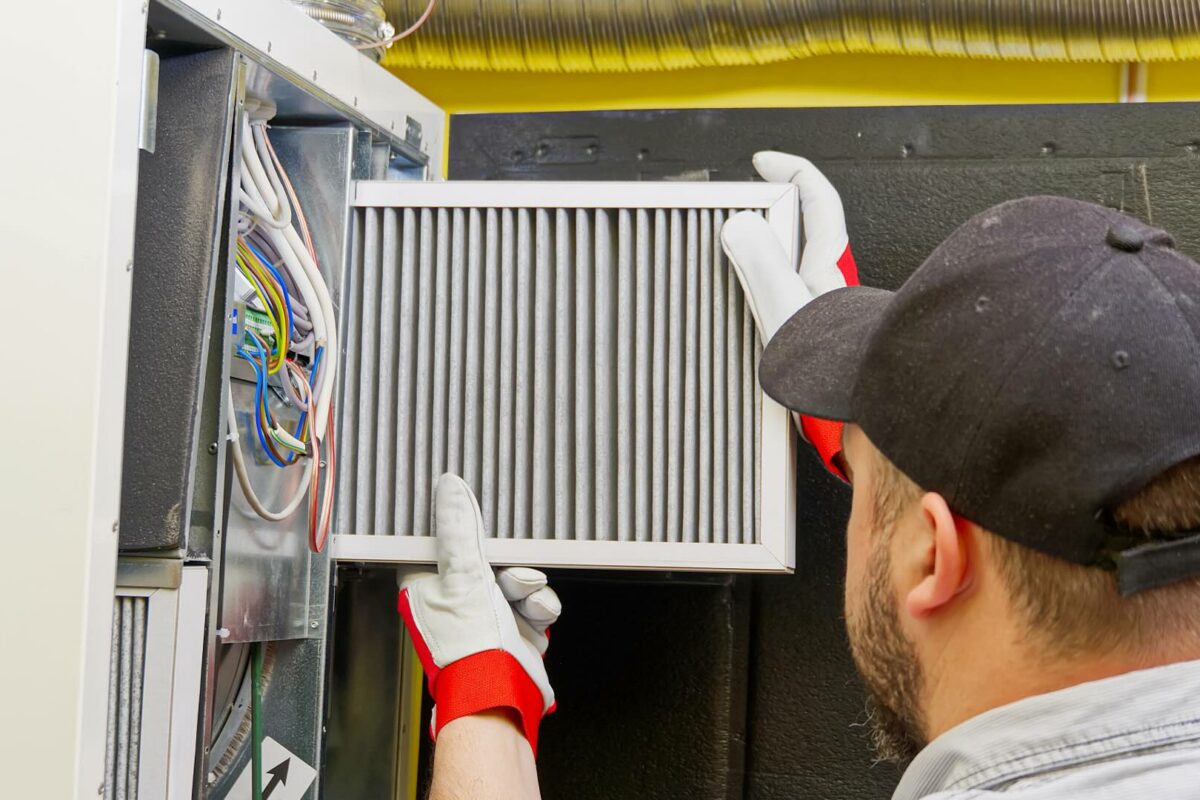A letter sent yesterday (5 September) by NHS England to all England’s NHS trusts says hospitals must be be ready to evacuate staff and patients if buildings containing concrete at risk of collapse start to fall down.
The instruction follows the closure of 150 crumbling schools in the UK last week where RAAC was found.
In a letter from the NHS’s national director for emergency planning and incident response and its chief commercial officer Jacqui Rock, NHS Trusts were told they need to be familiar with ‘regional evacuation plans’ for staff and patients that might be necessary as a result of RAAC.
“We are writing to reiterate the position in the NHS estate, and to outline actions you should be taking to assure yourselves as far as possible that RAAC is identified and appropriately mitigated, to keep patients, staff and visitors safe,” says Ms Rock.
“Please therefore ensure that appropriate arrangements are made within your organisation to be able to respond to communication from your regional operations centre (ROC) on this subject,” says the letter.
As reported by Architect’s Journal, this instruction applies particularly to 24 NHS trusts where RAAC is known to exist, which were described as a ‘matter of priority’. The Department for Health said another three trusts had already removed RAAC.
What does Jacqui Rock’s letter to NHS England bosses say?
Excerpt from Jacqui Rock’s letter:
“Effective management of RAAC significantly reduces associated risks; but does not completely eliminate them. Planning for RAAC failure, including the decant of patients and services where RAAC panels are present in clinical areas, is therefore part of business continuity planning for trusts where RAAC is known to be present, or is potentially present.
“A regional evacuation plan was created and tested in the East of England. Learnings from this exercise have been cascaded to the other regions.
“We would recommend that all boards ensure that they are familiar with the learning from this exercise and that they are being incorporated into standard business continuity planning as a matter of good practice.“This exercise is, however, essential for those organisations with known RAAC, and should be done as a matter of priority if it has not already been completed.”
Asbestos risk
However, many believe that it’s asbestos, not just RAAC that schools need to be concerned about. Reinforced autoclaved aerated concrete (RAAC) was used extensively in public buildings between the 1950s and the 1990s, – which is seen as the ‘heyday’ of asbestos use.
“Now there is another ultra urgent deadline – repair or replacement of these RAAC structures so the schools can re-open,” says Nick Garland of Assure 360. “That is an awful lot of construction work that needs to be done immediately on buildings with clear potential to contain asbestos. The pressing and very public urgency to fix the RAAC problem might overwhelm other considerations – and in particular the asbestos risk.”
“HSE’s recent findings confirm what has been long suspected, that the model of manage-in-situ is not working well in schools. If the asbestos risk is overlooked now and not factored into the emergency, this latest crisis could be made even worse,” concludes Nick Garland.
Serious risk to people’s safety
The risks posed by RAAC to hospitals are so serious that the 19 badly affected NHS Trusts must ensure their plans to monitor its presence and minimise the risks of buildings collapsing “are sufficiently robust and being implemented”, NHS England says in its letter – this, it says is “in light of the need to maintain both the safety and confidence of staff, patients and visitors.”
Content Team
Work in Mind is a content platform designed to give a voice to thinkers, businesses, journalists and regulatory bodies in the field of healthy buildings.




